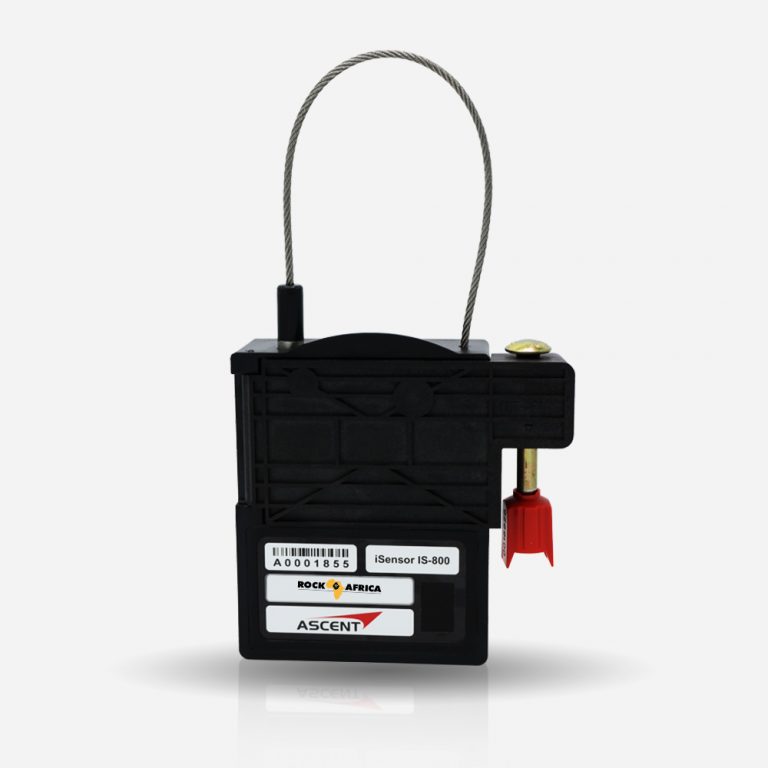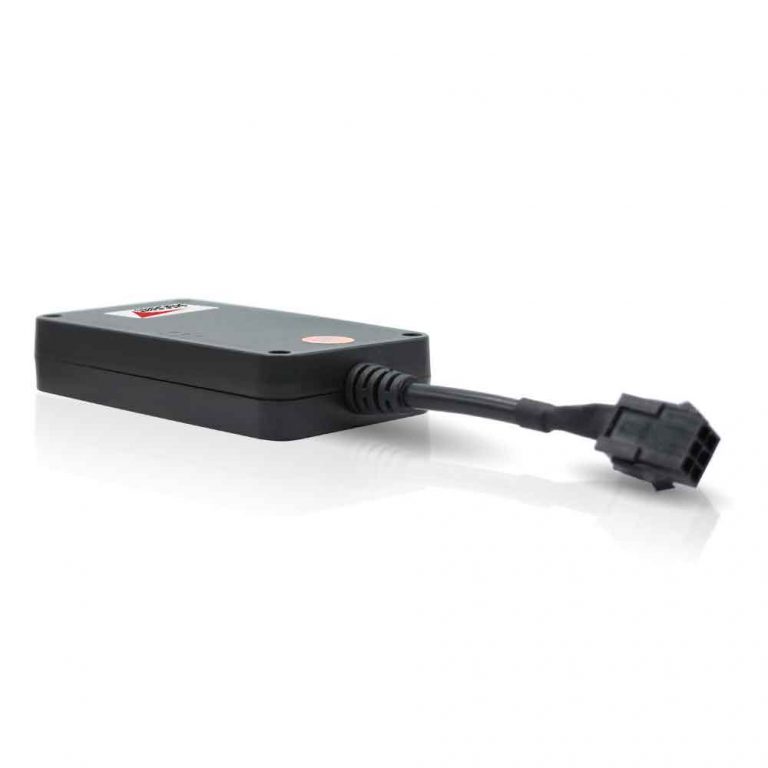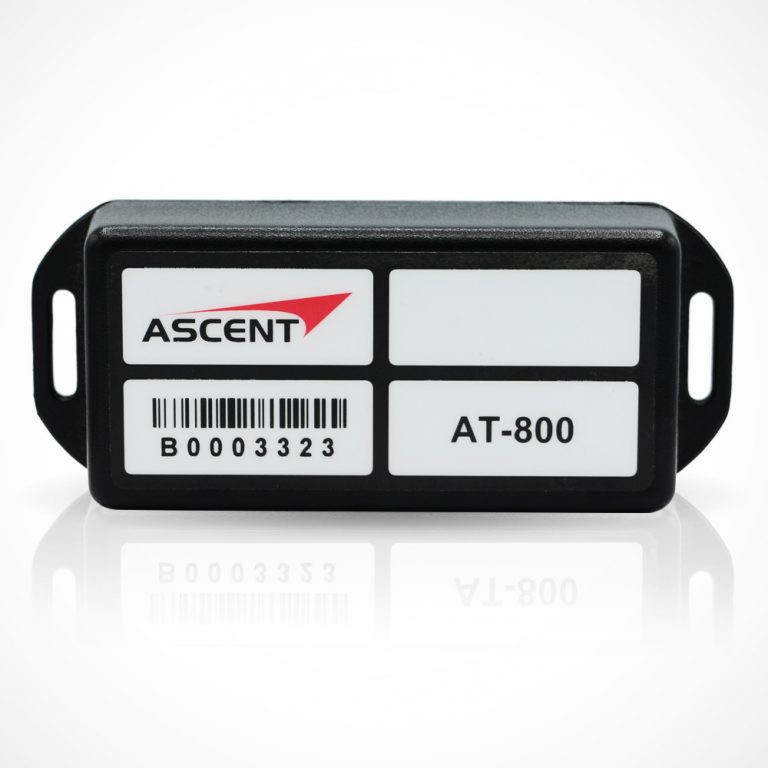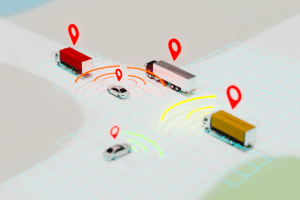For those who have experienced lift woes in your housing estate, it must have been a frustrating and scary experience. There are instances where lift users complained that lifts break down 2 times a month and they can only use the stairs which poses great inconvenience especially for the young and elderly. Lift breakdowns and accidents should be taken seriously as there are cases where lives are lost when lifts are not properly maintained.
Smart Cities, Smart Elevators
However, as smart cities are on the rise, countries are looking into smart infrastructures such as smart elevators to alleviate lift faults. A smart elevator system has a lift monitoring device that is installed in lifts to analyse the performance of lifts. It has smart features and sensors that detect lift faults or anomalies early on before the breakdown. This encourages predictive and preventive maintenance works to be put in place on a timely basis so as to prevent any breakdowns or accidents.
The use of AI
The data which is gathered by the lift monitoring device will be stored in the cloud where artificial intelligence would be able to make better predictions about the performance of the lifts and make more accurate decisions as to when maintenance should be carried out to resolve potential lift faults. As such, with data and AI, it helps to reduce the number of breakdowns and promote safety for lift users as well.
The future of Smart Elevators
As we forecast into the future, elevators will only become more technologically advanced. Our futuristic elevators would leverage robotics to cater to different needs that lift users may have.
Possible future advancements:
- 24/7 Communication: 24/7 server that enables elevators to report any real time issues to the servers for adequate actions to be taken promptly which is extremely crucial in times of emergency.
- Facial Recognition: Recognise lift users’ typical journey, know what time lift users leave and return to their homes and what floors they stop at via facial recognition.
- Artificial Intelligence: Lift doors would adjust and be open for a longer time if they recognise there is elderly in the lift. The lift would also slow down when a disabled person is boarding.
Overall, it can be seen that a lift monitoring device installed in elevators can help to prevent breakdowns through the simple aggregation of data from various sensors. As we look into the future, the simple addition of features like artificial intelligence opens up the capability of smart elevators to bring about greater convenience and safety to lift users.







